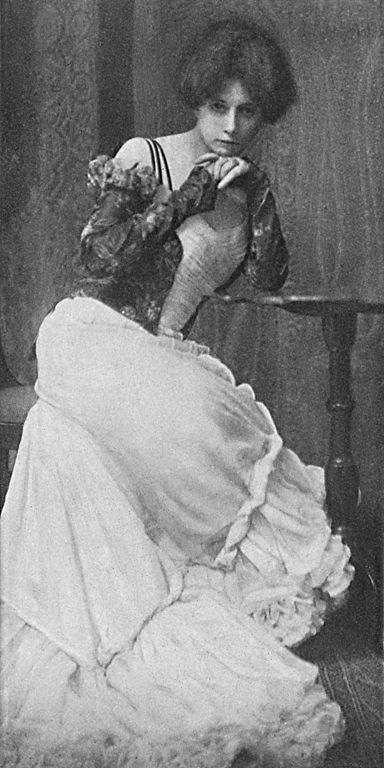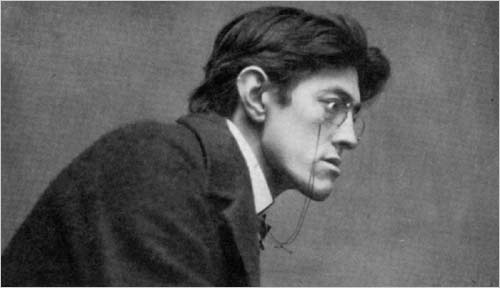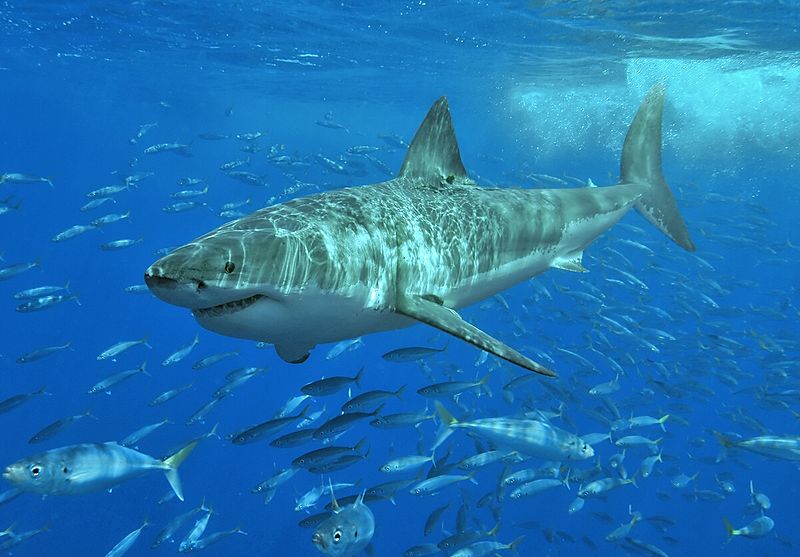
Figure 1 – Great White Shark. Image by Terry Goss and licensed under the Creative Commons Attribution-Share Alike 3.0 Unported license.
Let me start with Figure 1. This is a stunning image of a Great white shark taken off Isla Guadalupe, Mexico on August 2006 by Terry Goss. It was shot with a Nikon D70 in an Ikelite housing under natural light. The shark is estimated to be 11-12 feet (3.3 to 3.6 m) in length. Beautiful picture, yes? And there are a couple of points. First, humans live in a largely two-dimensional world. As a result, and second, when we enter the water we are giving up a certain amount of control, where we are not necessarily on the top of the food chain.
This takes me to what is referred to as “Chrissie’s last swim” from Steven Spielberg’s 1975 thriller “Jaws.” Chrissie has been a bad girl, well not really just livin’ the dream of Girls Just Want to have Fun, and is just a bit intoxicated, when she goes for her last swim. I’ve included a link here to the film clip, just to remind everyone of the absolutely visceral terror that the scene evokes. It is a cinematographic masterpiece. The scene is dark and grainy. You struggle to make out what is going on. And, of course, as is standard early in great horror movies, you don’t actually see the monster shark. You just hear Chrissie’s screams for help and her periodic violent disappearances beneath the surface.
Well, imagine that we fast forward forty one years. Chrissie is still running towards the water and shedding her clothes. But in a moment of lucidity and caution she pulls out her cell phone to check the Shark App to determine if there are any dangerous sharks in the area. “Danger, Will Robinson, danger!”
Well that little bit of fantasy has taken one step closer to reality. The Atlantic White Shark Conservancy in collaboration with the Massachusetts Division of Marine Fisheries, the Cape Cod National Seashore, and officials of Cape Cod and South Shore Towns has recently released “Sharktivity.” You can report shark sightings, follow shark activity, and receive shark alerts, as in “Stay out of the Water, Folks.” This app is modeled after Uber, which certainly creates the image of “Hello, this is your Great White tag CC2015GW16. I will be arriving to eat you in approximately 5 minutes. Please confirm your location.” And then you get to see a little map with a pin at your location and observe a little shark icon moving ominously towards you. Dah dumph.
I’ve actually loaded this on my IPhone ,and it is, for the present, a bit sparse. But, and here, is the really important point, it is representative a form of international connectivity that is not usually discussed. Connectivity is much more than a modern-day Chrissie sharing her selfie with friends on Facebook. It is the sharing of scientific and scholarly information. Hmm, isn’t that what the internet was originally created for? There is a mass of geophysical and other data basically open and free on the internet, and scientists and scholars everywhere are free to use and analyze it. Apps such as Sharktivity are meant to promote connectivity to nature, much like eagle- and panda-cams. They are meant to connect us, as we were born to be, to our planet and to nature.

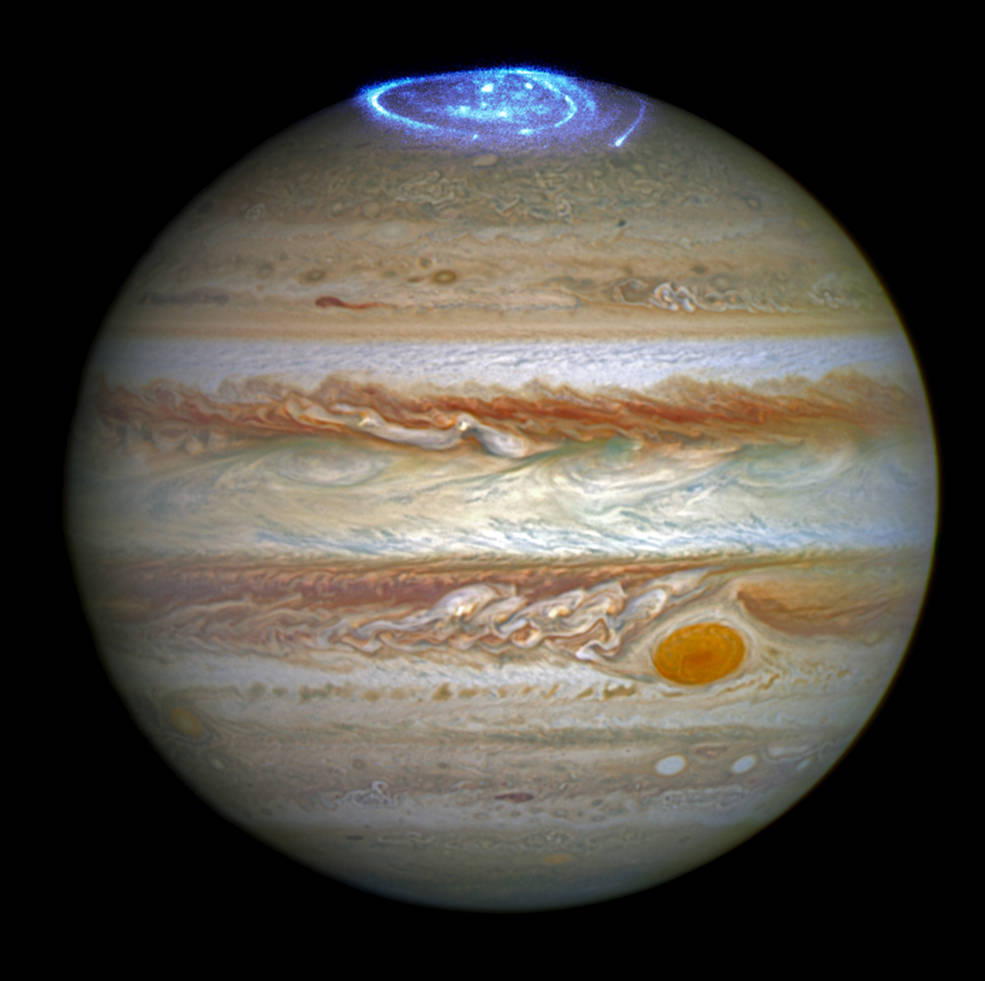
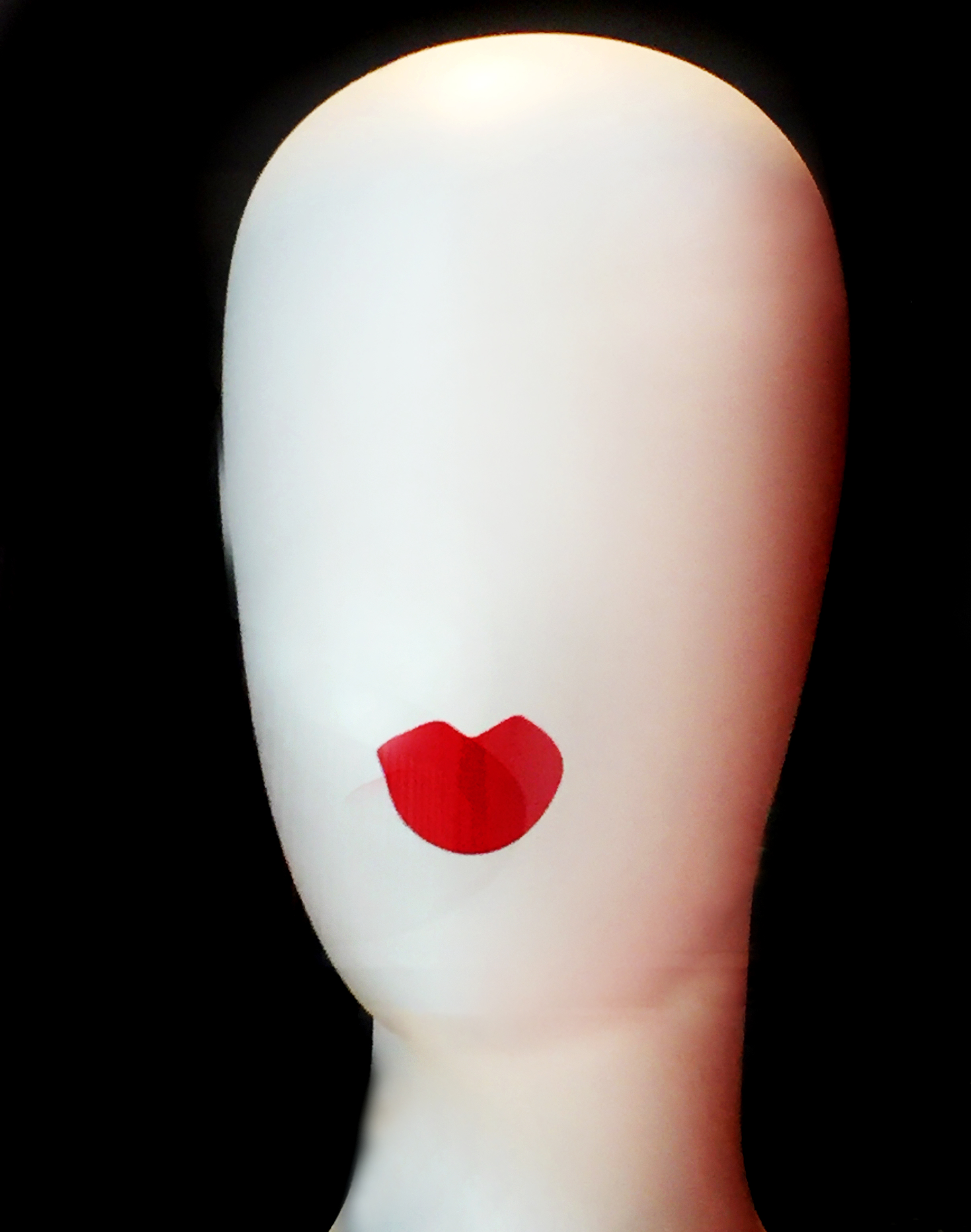
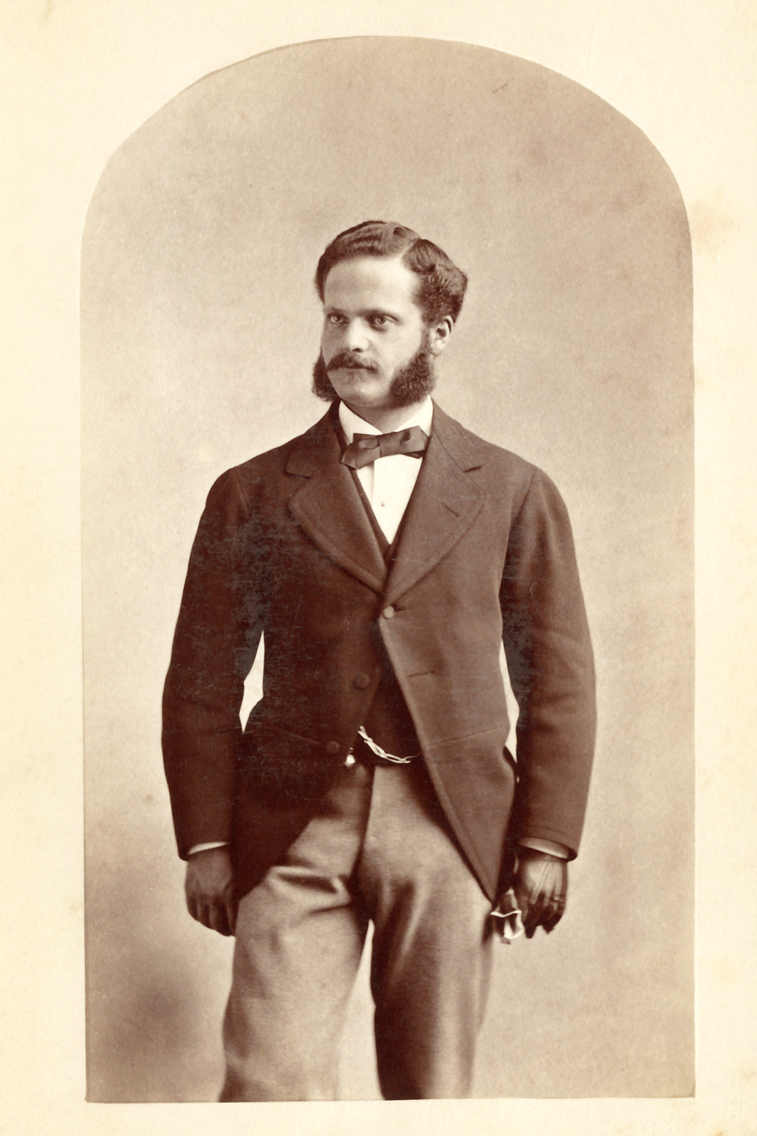
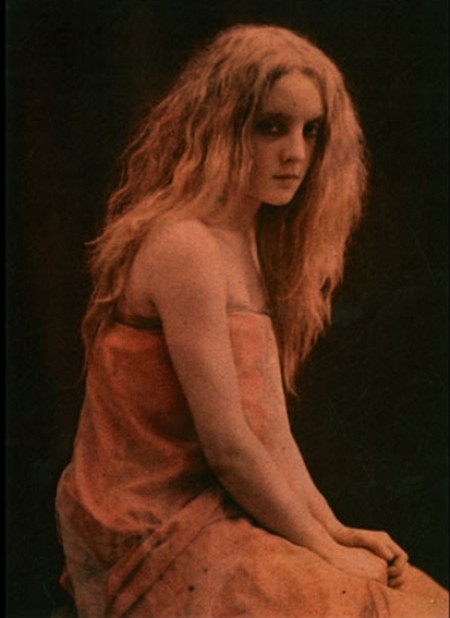
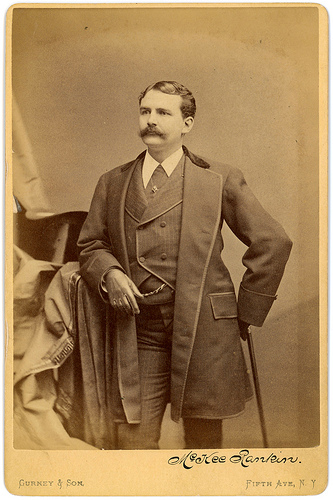
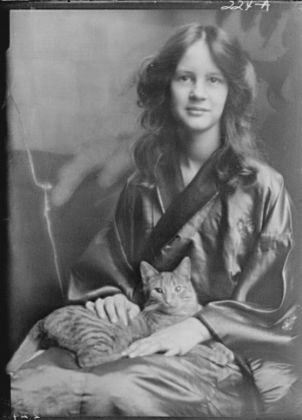
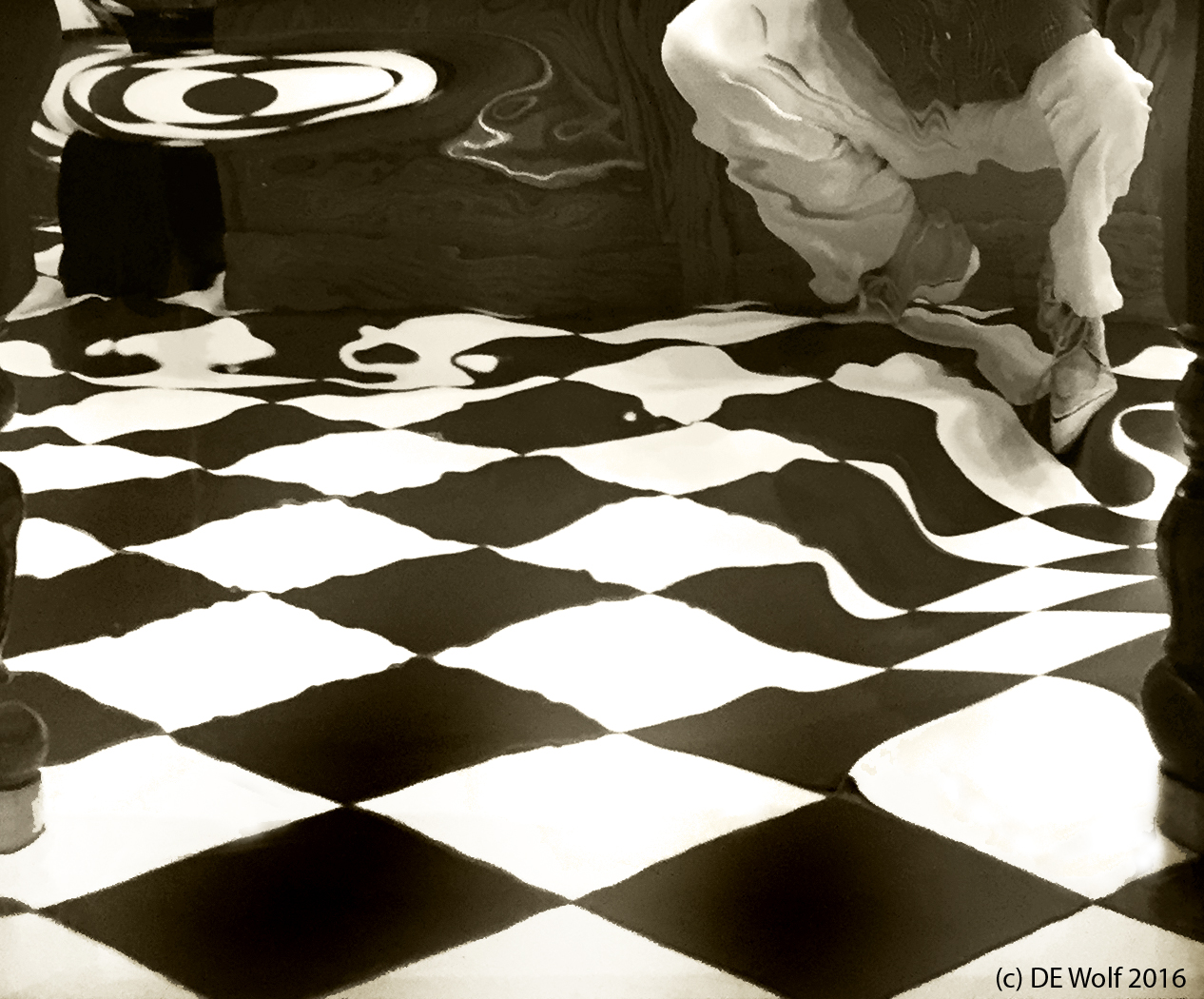
![Figure 1 - Close-up of a Go board. By Dilaudid [GFDL (http://www.gnu.org/copyleft/fdl.html) or CC-BY-SA-3.0 (http://creativecommons.org/licenses/by-sa/3.0/)], via Wikimedia Commons.](http://www.hatiandskoll.com/wp-content/uploads/2016/03/Go_board_part.jpg)
